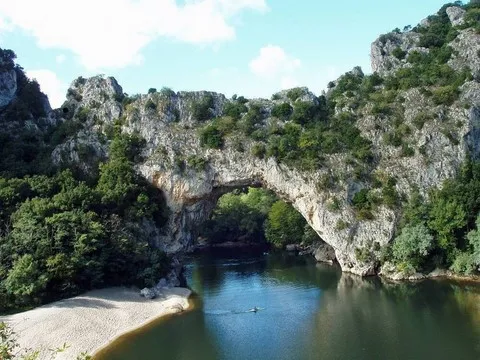
Weathering is the response of minerals, and therefore rocks, to attack by air, water and other reactive agents present in the upper part of the earth's crust. The minerals subjected to the action of these reactive agents are then transformed into other minerals called weathering minerals, stable under these new conditions and in equilibrium with the reactive agent. Clays, for example, are a large family of weathering minerals. There are schematically two types of alterations :
It occurs in the biosphere and the hydrosphere under the action of atmospheric (water, air, frost, etc...) and biological agents. Its intensity depends in particular on the climate. It only concerns the very superficial part of the Earth's crust : it is notably responsible for the oxidation zone which exists at the top of most metallic deposits (gossans).
It is the response of minerals in a rock to the circulation of hydrothermal fluids, generally hot and salty, and therefore very corrosive. This alteration occurs up to about 5 km deep and can occupy considerable areas. The newly formed minerals are called hydrothermal alteration minerals. In some contexts, the differences with the metamorphism of low pressure and low temperature can be blurred.
